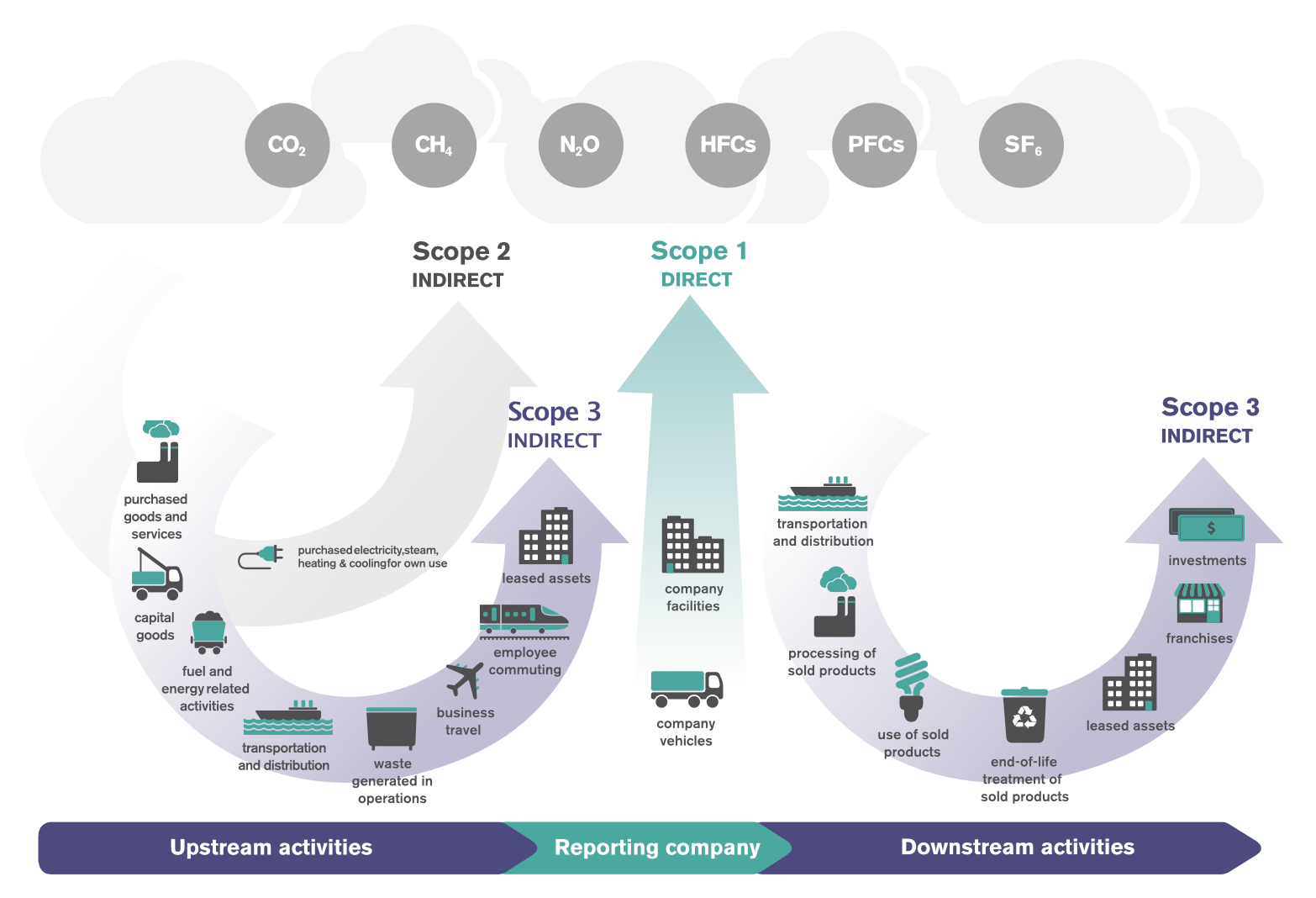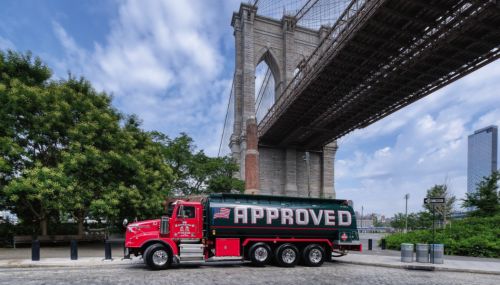All
Are Carbon Handprints a Better Metric?

Footprints are left behind. Handprints are carried forward.
The phrase “carbon footprint” is used ad nauseum, and often by individuals who don’t quite understand what exactly goes into that estimation. Most wouldn’t be able to give the carbon footprint calculation for their homes or business operations but understand that a big carbon footprint is bad: Yeti-stomping-on-your-jeep bad.
Fewer are familiar with the concept of a carbon handprint – but it may be worth exploring as the industry continues to produce more efficient equipment and utilize higher blends of biodiesel.
Where a carbon footprint focuses on the lifetime emissions from a company, product or process and how they contribute to global warming; the carbon handprint considers the ongoing reductions from an activity or change as the product moves down the line.
As Neste explains in the most simplified, and helpful way: “Carbon handprint is a measure of how much products and services are helping others to cut their GHG emissions. You want it to be BIG. Carbon footprint is a measure of GHG emissions for an individual, event, organization, service, place or product. You want it to be SMALL. One company’s carbon handprint helps reduce the carbon footprint of another.”
For example: the footprint of a new boiler includes all the direct and indirect emissions from the production process: the smelting and production of materials, the transportation of those materials to the manufacturer, the generation and use of the power required to produce the boiler as well as the electricity, fuels and equipment that keep the plant running. Emissions from the production of the shipping materials, the fuel used in the truck that transports the boiler to the retailer, the warehouse power, the transportation to the home. All those and more are part of the boiler’s carbon footprint.
A reduction in carbon emissions anywhere up the line to produce that boiler – say, using B100 to transport the boiler to the warehouse – will trickle down to reduce the boiler’s footprint. That forward-looking metric of how one change affects everything else is a carbon handprint – in this case, the handprint of the transport company. Using a baseline for a product or service, the carbon handprint measures how much changes made upstream help consumers reduce carbon emissions.
Another example could be made for the installation of home insulation. While insulation is not considered a direct emissions reduction strategy, insulation should lead to energy savings, and as such, fewer emissions from the building. These lifetime “avoided emissions” are not part of the insulation or insulation company’s carbon footprint calculations but would be included in a carbon handprint. While the footprint to produce the insulation could lead to the presumption that producing insulation is harmful, the handprint proves the benefits of the product.

An Emissions Primer
Greenhouse gas emissions are generally organized into three scopes:
Scope 1 emissions are generated directly by the company: emissions from furnaces and boilers burning gas, oil or other fuel for heat; output from production or manufacturing processes; its fleet of vehicles.
Scope 2 emissions are indirect emissions, such as those created in the production and transportation of the electricity, steam, heating and cooling it purchases. (Note, this is the fallacy of the “no emissions from electric power” myth – electric heat might not produce scope 1 emissions, but the coal or gas-powered generation plant produces emissions which need to be counted as scope 2 emissions for the user.)
Scope 3 emissions are also indirect, can be accounted for upstream or downstream. Upstream scope 3 would include purchased goods and services, business travel, employee commutes, transportation and distribution, and others. Downstream emissions could include transportation and distribution (from the facility), processing and use of sold products, end-of-life treatment and disposal of products, and more.
A carbon handprint adds Scope 4, avoided emissions, to calculate the benefits to the environment, and how they offset the negative scope 1, 2 and 3 emissions of the footprint.
The carbon handprint would be assessed as the difference between emissions from the baseline product or service and the modified product or the applied solution. At present, we were unable to find any widely available carbon handprint calculators, in part because the number of variables at each step of a downstream calculation multiplies exponentially.

Theory and Practice
Looking at downstream benefits is not new to the liquid fuels industry. The Providence Resolution vowed to reduce greenhouse gas emissions and get to a net-zero carbon equivalent fuel by 2050. NORA data on its Net-0 home proves the benefits of B100 fuel for home heating. Clean Fuels Alliance America reviews benefits of biofuels and extrapolates long-term benefits for communities.
The clearest look at “avoided emissions” may be the reports issued regularly by the Upgrade & Save Rebate program, estimating not only annual savings but also 25-year avoided emissions. These avoided emissions – carbon that was not produced, thanks to the installed boiler or furnace – are within the carbon handprint of the manufacturer for the full 25-year lifespan of the equipment.
Calculating the benefits from installing equipment and insulation are first steps. But there are still many questions around handprints and how to move this concept from corporate ESG calculations to kitchen table accessibility. Can we calculate the handprint from using or delivering B20 or B50 or B100? How does using B100 to deliver renewable liquid heating fuels trickle forward for retailers? For homeowners? For businesses? Is this a concept that can be explained to the customer simply? “We are doing good, and the good we do reduces your carbon footprint.”
Footprints are left behind. Handprints are carried forward. What handprints are you leaving?
Related Posts
 From Blue Flame to Biofuels
From Blue Flame to Biofuels
Posted on June 25, 2025
 HEAT Show Announces Fenway Park Backyard BBQ
HEAT Show Announces Fenway Park Backyard BBQ
Posted on May 15, 2025
 Delivering New York City’s Clean Energy Solutions
Delivering New York City’s Clean Energy Solutions
Posted on May 14, 2025
 Are You a Leader or a Boss? The Choice is Yours
Are You a Leader or a Boss? The Choice is Yours
Posted on May 14, 2025
Enter your email to receive important news and article updates.
